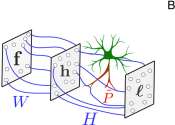Engineers develop enhanced GaN-based LED array visible light communication system
With the large-scale commercial use of 5G, global academia and industry have started research on the next-generation mobile communication technology (6G).
Aug 16, 2023
0
1









